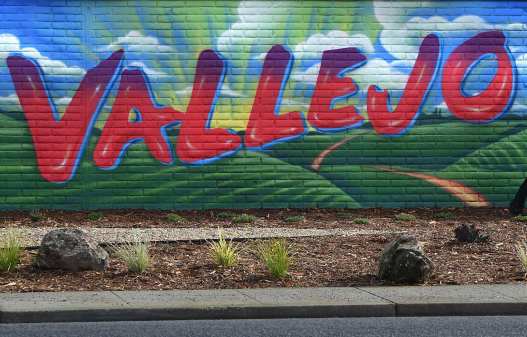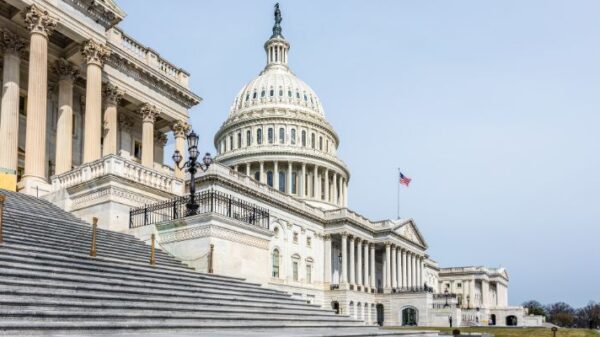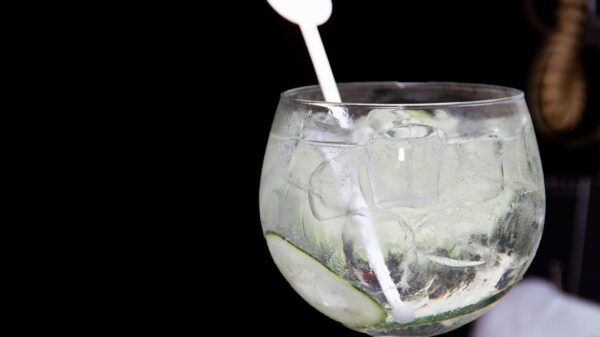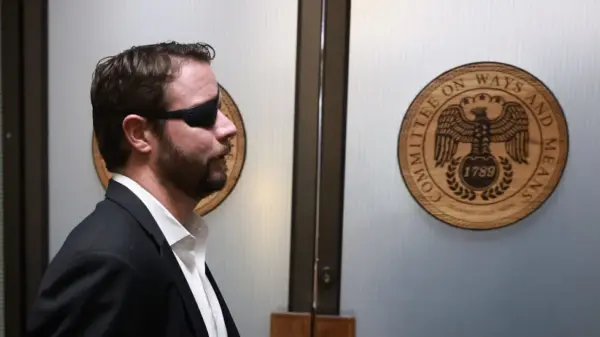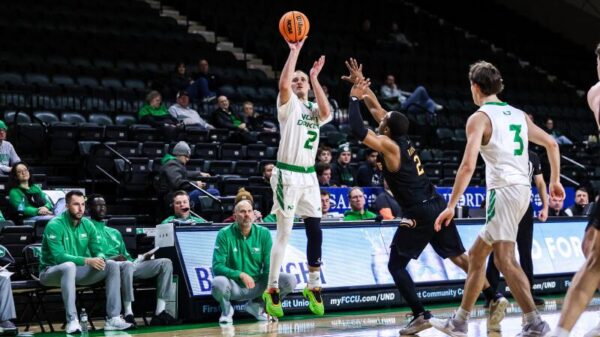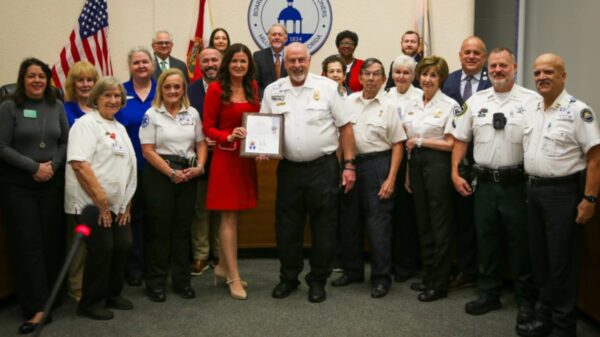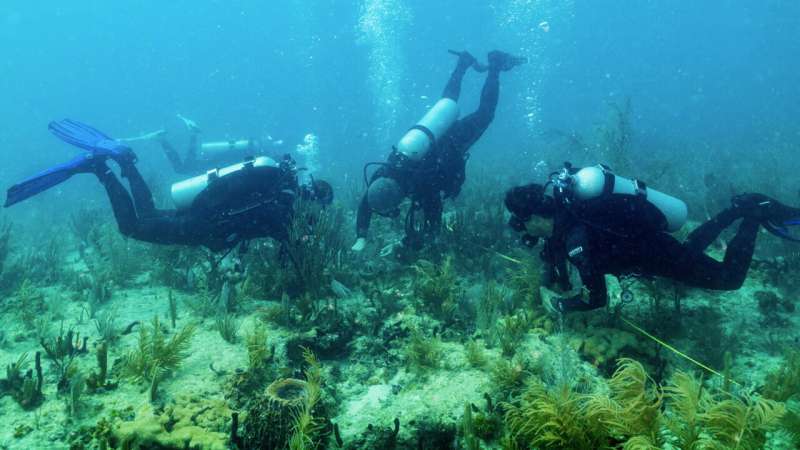Researchers from the University of Miami Rosenstiel School of Marine, Atmospheric, and Earth Science, Tela Marine, and The Florida Aquarium have achieved a significant milestone in coral restoration. They have successfully outplanted a new strain of elkhorn corals, bred from Florida and Honduras origins, onto a reef in Miami. This innovative project aims to boost the genetic diversity of Florida’s elkhorn coral population, enhancing their heat tolerance and resilience against environmental stressors.
Elkhorn coral, known scientifically as Acropora palmata, is critically endangered, with populations plummeting by over 99% since the 1980s due to factors such as disease and rising ocean temperatures. Andrew Baker, a Professor of Marine Biology and Ecology at the Rosenstiel School, highlighted the ecological importance of this species, stating that its large, branching structure creates essential habitats for marine life and serves as a natural barrier against storms.
In June 2024, Baker’s team collaborated with Tela Marine in Tela Bay, Honduras. They collected genetic samples from elkhorn corals that have demonstrated resilience in challenging conditions, including warmer water temperatures and agricultural runoff, which typically harm coral ecosystems. The researchers transported 13 fragments of these corals to Miami, aiming to crossbreed them with local colonies to increase their thermal resilience.
Once in Florida, seven of the Honduran elkhorn coral colonies were sent to The Florida Aquarium’s Coral Conservation and Research Center in Apollo Beach. This facility is renowned for successfully inducing elkhorn corals to spawn in a laboratory setting. In July 2024, the corals from both locations spawned simultaneously, resulting in over 200 Flonduran coral babies, a term coined to reflect their mixed genetic heritage.
Keri O’Neil, Senior Scientist and Director of the Coral Conservation Program at The Florida Aquarium, expressed optimism about this development. “After nearly a year of careful care, the first 35 Flonduran babies and 35 Florida elkhorn coral babies have returned to the ocean off Miami to help rebuild and strengthen future reefs,” she noted. The researchers are hopeful that these new corals will contribute to more robust populations across the Caribbean.
Baker emphasized the collaborative nature of the project, stating, “Corals don’t know international boundaries. By working together across borders, we’re helping these critical reef-builders strengthen the entire Caribbean population.” This initiative serves as a pilot project, allowing researchers to monitor how these corals adapt as water temperatures rise during the summer months.
The partnership between various organizations illustrates the potential for scientific collaboration to address global challenges. Baker believes this moment is pivotal for coral conservation. By combining genetic material from resilient coral populations in Honduras and Florida, the project aims to restore not only the physical structure of reefs but also their ecological functions throughout the Caribbean.
“This historic step mixes two coral populations and mirrors natural processes in the wild,” said Mike Tringali, Senior Research Scientist at the Florida Fish and Wildlife Conservation Commission. He emphasized the necessity of a coordinated genetic rescue effort for the elkhorn coral population, akin to the successful recovery programs for species like the Florida panther. “The benefits outweigh the genetic risks.”
The National Oceanic and Atmospheric Administration (NOAA) has supported this endeavor, with Jennifer Koss, Director of NOAA’s Coral Reef Conservation Program, noting the importance of advancing technologies to bolster Florida’s coral resilience. This project stems from a National Academies study commissioned by NOAA, highlighting the urgency of implementing innovative solutions in coral conservation.
As the remaining parent colonies at The Florida Aquarium and the Rosenstiel School continue to thrive, they will ensure the production of more Flonduran coral babies in subsequent spawning seasons. This ongoing effort aims to rebuild and strengthen coral reefs across the Caribbean for the foreseeable future, providing a hopeful outlook for the survival of this vital species.

